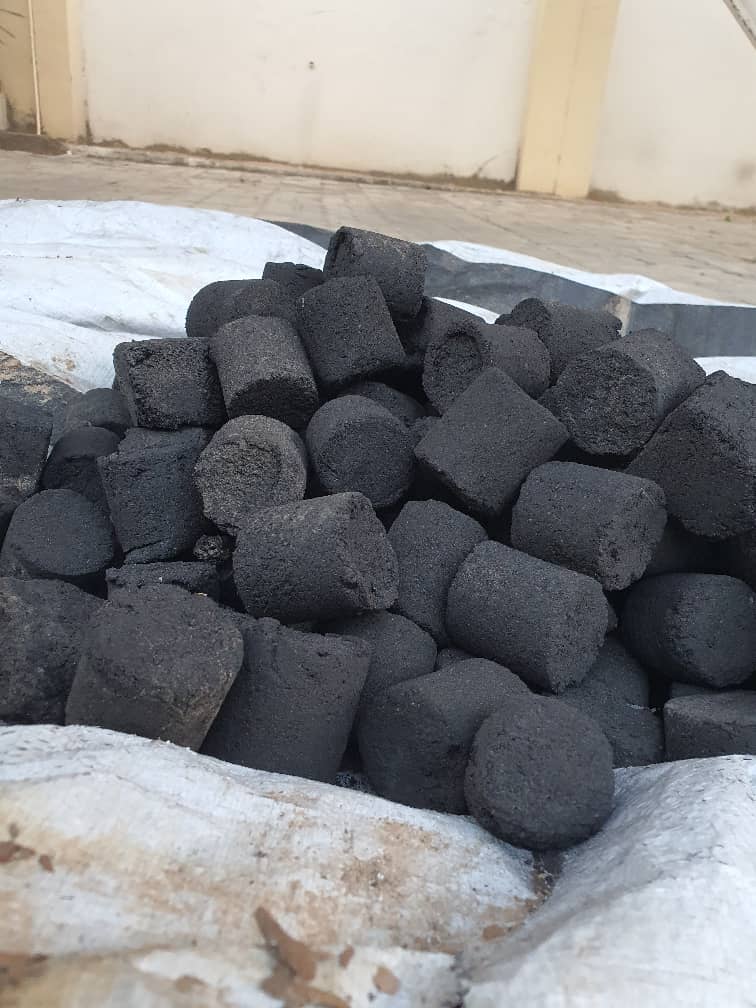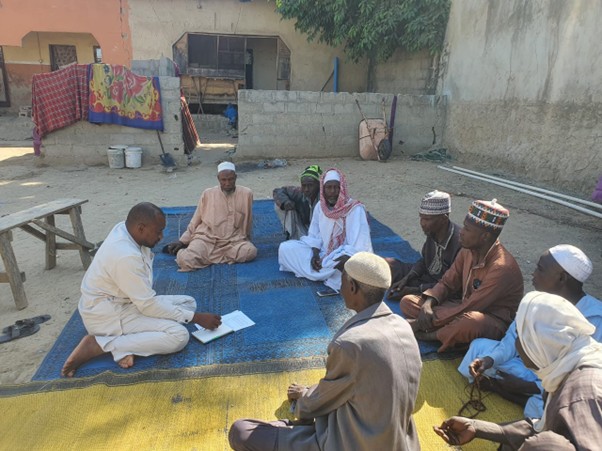A Bold Experiment in Waste-to-Value
What if sanitation didn’t just produce waste, but value? What if waste could power homes, create jobs, and protect the environment? These were the questions Norwegian Church Aid (NCA) sought to answer when they commissioned Res’eau to assess the lessons learned from the Value for Waste (VFW) project from 2020 to 2024. During four years, NCA launched pilot initiatives across Nigeria, the Democratic Republic of Congo, Ethiopia, Palestine, and Mali, transforming waste into valuable resources. Through our in-depth evaluation, Res’eau identified key strategies to enhance the long-term sustainability of waste-to-value solutions, ensuring they not only drive economic opportunities but also deliver lasting environmental benefits.
Transforming Waste into Value
Across five countries, the NCA Value for Waste project showcased how repurposing waste can drive economic growth and social transformation. Each initiative addressed unique local challenges, enhancing livelihoods, improving sanitation, and fostering economic opportunities for communities.
- Mali: Menstrual hygiene products, including reusable pads, were introduced, enhancing dignity and access to affordable solutions in humanitarian settings.
- Nigeria: Faecal sludge was repurposed into clean-burning briquettes, reducing reliance on firewood and promoting a renewable energy source.
- Democratic Republic of Congo: Plastic and metal waste were transformed into durable paving stones, improving sanitation while creating local job opportunities.
- Ethiopia: Plastic waste in refugee camps was collected and recycled, while local women produced reusable sanitary pads to improve menstrual hygiene and generate income.
- Gaza Strip: Women-led businesses pioneered solar-powered plastic waste recycling, driving entrepreneurship and environmental sustainability.

Hard Truths: Challenges in Sustainability
Thanks to our multi-skilled team, we assessed the pilot projects’ financial and business models and identified that some initiatives proved financially viable, while others struggled due to high running costs and weak market demand. In Ethiopia, for instance, the plastic waste initiative encountered difficulty in securing a sustainable financial model, highlighting the challenge of scaling waste-to-value projects without external funding.
Community acceptance was another hurdle. In Mali, the introduction of menstrual cups initially faced cultural resistance, prompting the project team to adapt by focusing more on reusable pads. This demonstrated that technical solutions alone are not enough—social acceptance and local engagement are essential for long-term impact.
Geopolitical instability also influenced outcomes. In Gaza, despite strong initial success, infrastructure damage and trade restrictions disrupted the long-term sustainability of the project. External factors beyond the project’s control played a decisive role in shaping its future.
The Road Ahead: Making Waste-to-Value Work
The VFW study underscores the importance of planning for financial sustainability from the outset. Donor funding may be crucial in the early stages, but lasting success requires market integration, private-sector partnerships, and robust business models.
Understanding the cultural landscape is just as critical. Whether promoting menstrual hygiene products, alternative fuels, or recycled construction materials, initiatives must align with the daily realities of the communities they serve. Waste-to-value projects should be designed not just for technical feasibility but for practical adoption.
Looking ahead, waste valorisation efforts will need smarter business strategies, stronger supply chains, and more adaptive partnerships. Res’eau designed a tailored approach for NCA, ensuring that from the very first stage of the VFW project, key challenges were addressed. This process focused on aligning by-products with local needs and market potential, enhancing scalability and long-term impact.


